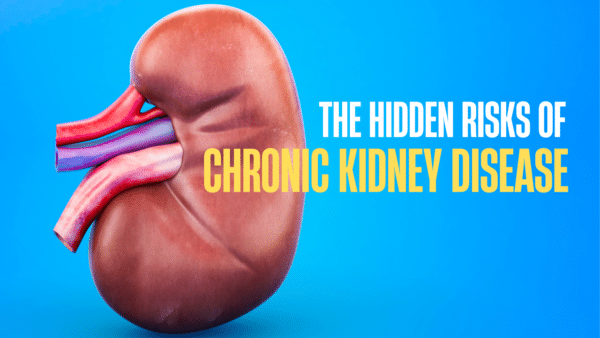Introduction
Welcome to our comprehensive guide on oral lichen planus (OLP). As experts in oral health, we understand the importance of providing accurate information to help you understand this condition better. In this article, we will delve into the causes, symptoms, and various treatment options available for oral lichen planus. Our aim is to equip you with valuable insights to manage and overcome this condition effectively.
What is Oral Lichen Planus?
Oral lichen planus is a chronic inflammatory condition that affects the mucous membranes in the mouth. It falls under the category of oral diseases known as oral potentially malignant disorders (OPMDs). While the exact cause of OLP remains unknown, research suggests that it may be an autoimmune reaction triggered by various factors.
Causes of Oral Lichen Planus
The cause of oral lichen planus is yet to be determined definitively. However, several potential factors have been identified that may contribute to its development. These factors include:
- Autoimmune Response: OLP is believed to occur if the immune system mistakenly attacks cells of the oral mucous membranes, leading to inflammation and tissue damage.
- Genetic Predisposition: Some individuals may have a genetic predisposition to developing OLP, although further research is needed to fully understand the underlying genetic factors.
- Stress: Psychological stress and emotional factors may play a role in triggering or exacerbating oral lichen planus.
- Allergic Reactions: Certain substances, such as dental materials, dental hygiene products, or even certain foods, can trigger a reaction that can manifest as OLP.
- Infections: In some cases, viral or bacterial infections have been associated with the development of oral lichen planus, although more research is needed to establish a clear link.
Symptoms of Oral Lichen Planus
Oral lichen planus can present with various symptoms, which may vary in severity from person to person. Common symptoms associated with OLP include:
- White Lacy Patterns: One of the hallmark signs of OLP is the presence of white, lacy patterns or lesions on the oral mucosa. These lesions can occur on the inner tongue, cheeks, gums, and other areas of the mouth.
- Oral Discomfort: Patients with OLP may experience soreness, discomfort, or a burning sensation in the mouth, especially while eating or drinking acidic or spicy foods.
- Ulceration: In some cases, the lesions may become ulcerated, leading to open sores that can be painful and may increase the risk of secondary infections.
- Redness and Swelling: The affected areas may appear red and swollen, further contributing to the discomfort experienced by individuals with OLP.
Diagnosis of Oral Lichen Planus
To accurately diagnose oral lichen planus, it is essential to consult with a qualified dental professional or oral specialist. The diagnosis typically involves:
- Examination: An examination of the oral cavity will be performed to assess the presence of characteristic lesions or abnormalities.
- Biopsy: Sometimes, a small tissue sample (biopsy) may be taken from the affected area for microscopic analysis. This can aid and confirm the diagnosis and rule out other potential conditions.
Treatment Options for Oral Lichen Planus
While there is no definitive cure for oral lichen planus, several treatment options are available to manage its symptoms and promote oral health. Choice of treatment can depend on the severity of the condition and individual patient needs. Some common treatment modalities include:
- Topical Corticosteroids: Corticosteroid gels or ointments are frequently prescribed to reduce inflammation, alleviate discomfort, and promote healing of the oral lesions.
- Systemic Medications: In more severe cases, oral corticosteroids or other systemic medications may be recommended to control the immune response and manage symptoms.
- Immune Modulators: Medications such as tacrolimus or pimecrolimus can be prescribed to modulate the immune system and reduce inflammation in the affected areas.
- Oral Hygiene: Maintaining good oral hygiene practices, such as regular brushing, flossing, and using non-irritating oral care products, can help alleviate symptoms and prevent secondary infections.
- Avoiding Triggers: Identifying and avoiding potential triggers, such as certain foods, alcohol, tobacco, or irritating dental materials, can help reduce the frequency and severity of OLP flare-ups.
Seeking Professional Guidance
If you suspect you may have oral lichen planus or are experiencing any concerning symptoms, it is crucial to seek professional dental care. A qualified oral healthcare provider will assess your condition, provide an accurate diagnosis, and recommend appropriate treatment options tailored to your needs.
Conclusion
In conclusion, oral lichen planus is a chronic inflammatory condition that affects the oral mucous membranes. While its exact cause remains unknown, various factors, such as autoimmune reactions, genetic predisposition, stress, allergies, and infections, may contribute to its development. Recognizing the symptoms and seeking professional dental care are crucial steps in managing this condition effectively.
With appropriate treatment options and lifestyle adjustments, individuals with oral lichen planus can alleviate discomfort, reduce inflammation, and improve their oral health. Remember, every case is unique, and consulting with a qualified oral healthcare professional is essential for accurate diagnosis and personalized treatment plans.

